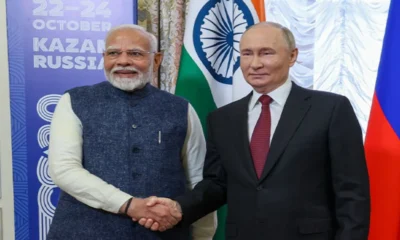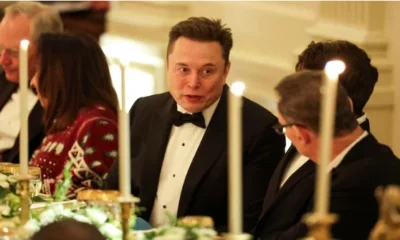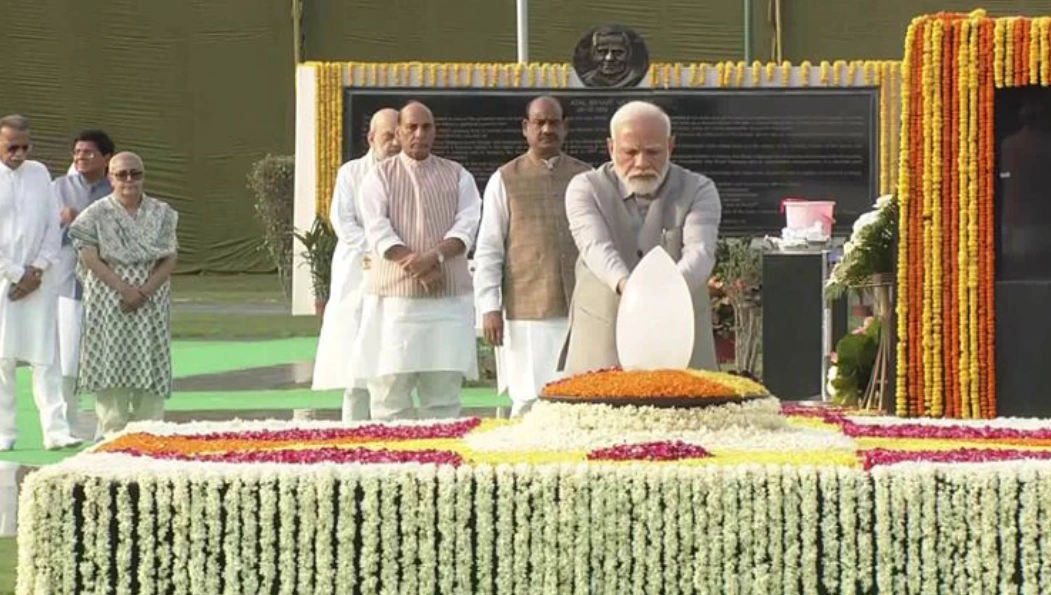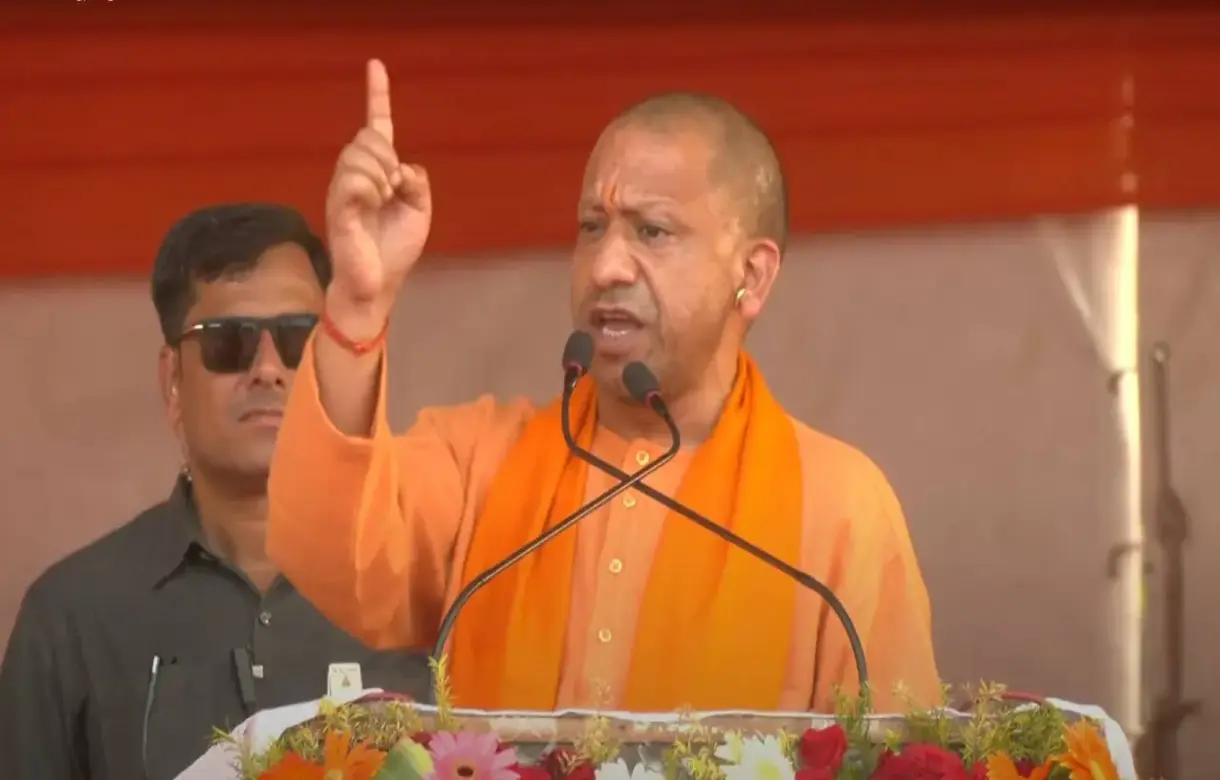The business magazine Forbes has ranked Prime Minister Narendra Modi as the ninth most powerful person in the world.
Topping the list is Chinese President Xi Jinping who displaced Russian Premier Vladimir Putin to the second spot after consolidating his power in China which removed term limits on presidentship, technically making it possible to head the country life-long.
Vladimir Putin was named the world’s most powerful person for four years in a row.
PM Modi has retained his position on the 9th place on the list. India’s ranking in other aspects by other organisations projected its economy as going to be fifth largest and its military as the fourth most powerful in the world.
US President Donald Trump, who was placed number two on last year’s list, dropped a spot to third. He is ahead of German Chancellor Angela Merkel, Amazon boss Jeff Bezos and Pope Francis.
Bill Gates and Saudi Arabia’s crown prince Mohammad bin Salman, who has been in the spotlight for a series of so-called reforms effected in the kingdom, are the two other people ahead of PM Modi.
The tenth in the list is Larry Page, the co-founder of Google.
There are 17 new names on the list this year, including Mohammad bin Salman, who enters the ranking directly at number eight. “His father remains king, but “MBS” has consolidated power beyond any doubt and taken control of the country,” the magazine writes about the Saudi royal. Other new members include US Federal Reserve Chairman Jerome Powell (11), Exxon Mobil CEO Darren Woods (34), President of South Korea Moon Jae-in (54) and Special Counsel for the U.S. Department of Justice Robert Mueller (72).
PM Modi is ahead of Facebook CEO Mark Zuckerberg, who has been ranked 13, United Kingdom Prime Minister Theresa May at 14th rank, Chinese Premier Li Keqiang at 15, and Apple CEO Tim Cook, who is at 24.
Besides Modi, Reliance Industries Chairman Mukesh Ambani, who is ranked 32, is the only other Indian on the power list. Microsoft’s India-born CEO Satya Nadella is on the 40th position.
Forbes said, “Modi ‘remains hugely popular’ in the second most populous country on earth.”
It said, “Modi has raised his profile as a global leader in recent years during official visits with US President Donald Trump and Xi Jinping. He has also emerged as a key figure in the international effort to tackle climate change, as warming affects millions of his country’s rural citizens.”
About Ambani, Forbes said his Reliance sparked a price war in India’s telecom market with the launch of 4G phone service Jio in 2016, which has signed on 160 million customers by offering free domestic voice calls, dirt-cheap data services and virtually free smartphones.
On Microsoft’s CEO, Forbes said Nadella has steered the company away from a failing mobile strategy and focused on other segments, including cloud computing and augmented reality. “Since taking over as a CEO, Microsoft’s stock has increased by more than 150 per cent,” it said.
About Xi Jinping, Forbes said the Chinese leader “enjoys a cult of personality” not seen since Chairman Mao Zedong, China’s founding father.
For Putin, who dropped to the second spot, Forbes noted that he was re-elected to a fourth term with nearly 77 percent of the vote this year. “That’s the largest margin of victory for any candidate for the office since the fall of the Soviet Union,” Forbes said.
As for Trump, Forbes said he has seen limited success pushing his agenda through a Congress controlled by his own party, is under investigation by multiple law enforcement agencies, and can’t shake off scandals arising from his personal and business life. But he’s still Commander in Chief of the world’s greatest economic and military power.
Putting out the list of 75 of the World’s Most Powerful People, Forbes said, “There are nearly 7.5 billion humans on planet Earth, but these 75 men and women make the world turn. Forbes’ annual ranking of The World’s Most Powerful People identifies one person out of every 100 million whose actions mean the most.”
In compiling the list, Forbes said it considered hundreds of candidates from various walks of life all around the globe, and measured their power along four dimensions of whether the person has power over lots of people, financial resources controlled by each person, whether the candidate is powerful in multiple spheres and that the candidates actively used their power.


 Latest world news11 hours ago
Latest world news11 hours ago
 India News16 hours ago
India News16 hours ago
 India News16 hours ago
India News16 hours ago
 Latest world news8 hours ago
Latest world news8 hours ago
 India News16 hours ago
India News16 hours ago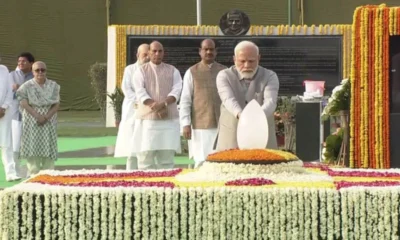
 India News15 hours ago
India News15 hours ago








